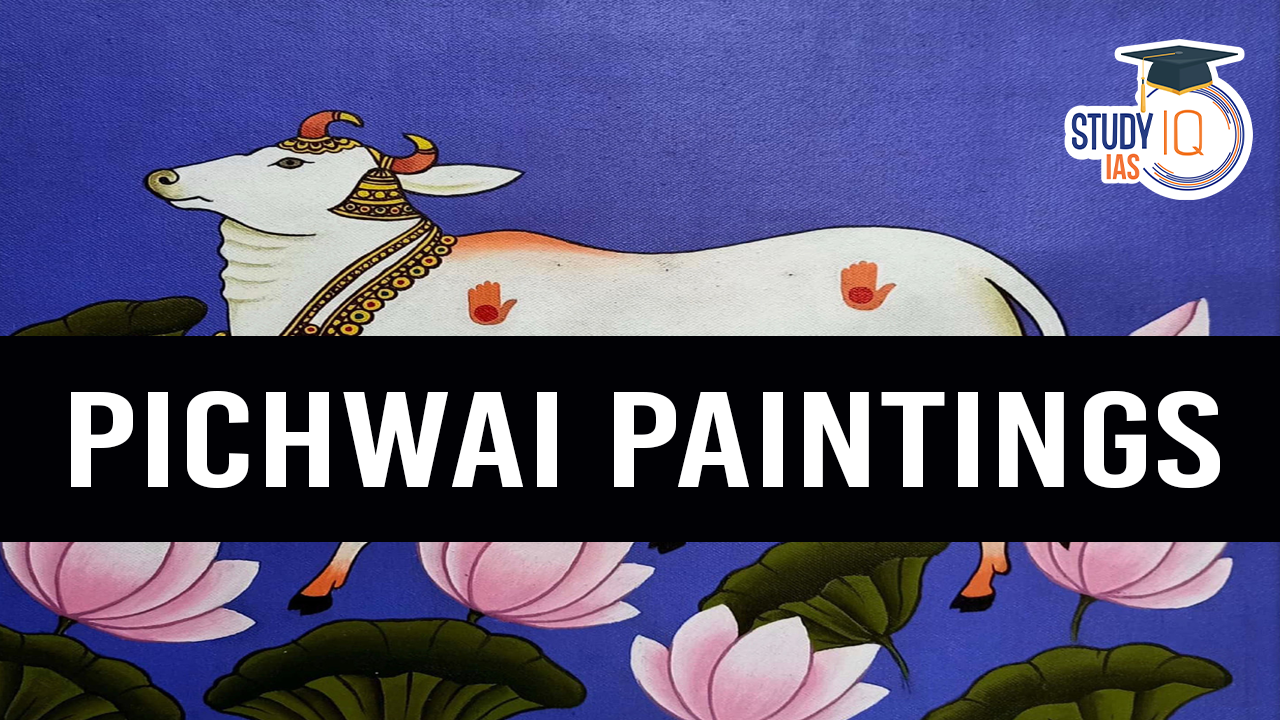Table of Contents
Introduction
- Pichwai Paintings: A traditional Indian art form that vividly depicts the life and legends of Lord Krishna. Renowned for their vibrant colors, intricate designs, and spiritual themes, these paintings are a significant cultural and religious expression in Hinduism.
Origin and History
- Historical Roots: Originating over 400 years ago in the 17th century, Pichwai paintings trace their beginnings to Nathdwara, a town in Rajasthan, India.
- Religious Significance: They hold a central place in Pushti Marg worship, a sect dedicated to Lord Krishna, and are predominantly used as backdrops for deities in temples.
Characteristics
- Depiction: Pichwai paintings often illustrate scenes from Krishna’s life, including his childhood, divine plays (leelas), and various festivals.
- Artistic Elements: Known for their detailed craftsmanship, these paintings feature elaborate designs and rich symbolism that reflect spiritual narratives and devotional fervor.
Materials and Techniques
- Traditional Bases: Originally created on cloth, Pichwai paintings are now also made on paper, canvas, and silk.
- Natural Colors: Artists use natural dyes and pigments derived from minerals and plant extracts, ensuring the paintings’ vibrant hues and long-lasting quality.
Cultural Importance
- Temple Art: These paintings serve as devotional art, enhancing the spiritual atmosphere in Hindu temples and during religious ceremonies.
- Artistic Heritage: Pichwai paintings not only represent religious devotion but also preserve the rich artistic heritage of Rajasthan, embodying a blend of tradition, culture, and artistry.
Ready to turn your UPSC dreams into reality? Join the trusted StudyIQ UPSC Foundation P2I Live Hinglish Batches today! Our expert-led courses are designed to build a solid foundation while keeping you updated with the latest exam trends. Contact us now to enroll and get one step closer to cracking the UPSC exam with confidence


 Places in News for UPSC 2025 for Prelims...
Places in News for UPSC 2025 for Prelims...
 Countercyclical Capital Buffer (CCyB): P...
Countercyclical Capital Buffer (CCyB): P...
 STELLAR Model: A Game-Changer in Power S...
STELLAR Model: A Game-Changer in Power S...





















